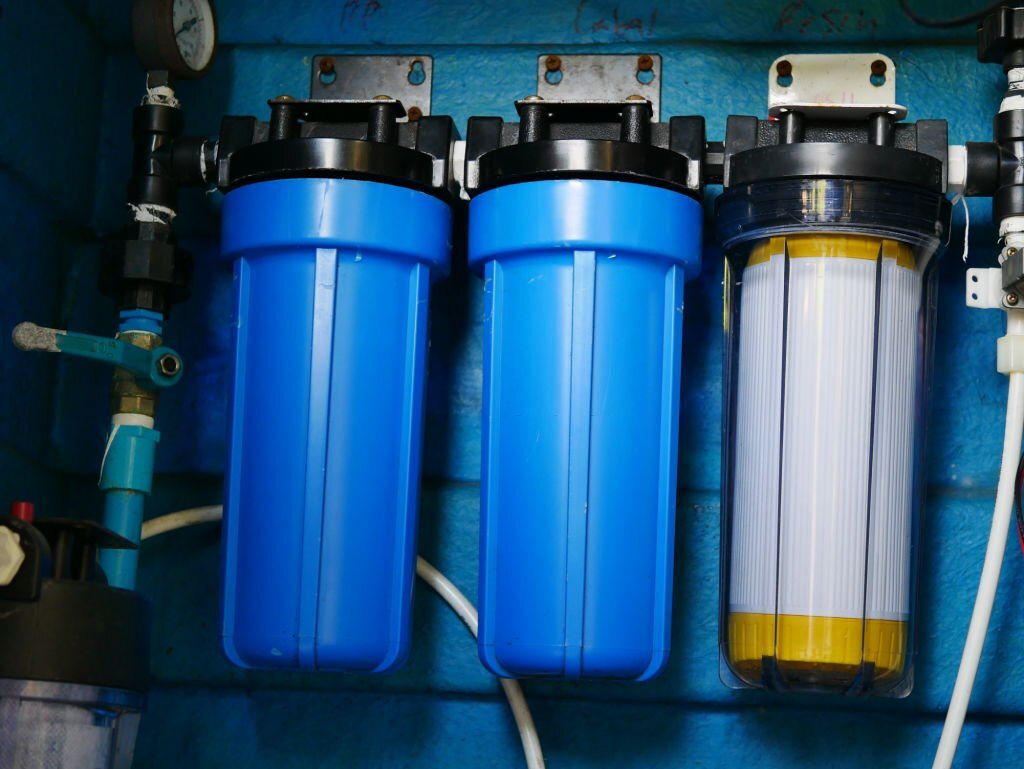
When it comes to ensuring the quality of your drinking water, reverse osmosis (RO) drinking system can be an excellent investment. This type of system uses a semi-permeable membrane to remove water contaminants, providing clean and safe drinking water. However, with so many available options, choosing the right RO system for your needs can be overwhelming. This guide will discuss everything you need to know about reverse osmosis systems before making a purchase decision.
Things to Consider When Buying a Reverse Osmosis Drinking System
Reverse osmosis drinking systems are becoming increasingly popular as people become more aware of the impurities that can be found in tap water. When planning for a purchase, there are several factors that you should consider to ensure that you get the best possible system for your needs.
- Water Quality: Your water quality will determine the type of system you need. If your water has high levels of contaminants, you’ll need a more advanced system with a higher filtration capacity.
- Water Pressure: Reverse osmosis systems require a certain amount of water pressure to operate effectively. If your water pressure is low, you may need to install a booster pump to ensure the system functions correctly.
- Budget: These systems come in a wide range of prices, so it’s important to determine how much you’re willing to spend before making a purchase.
- Space: They come in different sizes, so it’s important to consider how much space you have available for the system.
- Maintenance: All reverse osmosis systems require regular maintenance, including filter replacements and system cleanings. It’s important to consider the maintenance requirements of a system before making a purchase.
- Certification: Look for a system certified by a reputable organization such as NSF International. This certification ensures that the system meets certain water quality and safety standards.
What Are the Stages of an RO System? Which Stage is the Reverse Osmosis System?
RO systems typically have four to five stages of filtration:
- Sediment Filter: The first stage of the RO system is the sediment filter, which is responsible for removing larger particles such as sand, silt, and dirt from the water. This filter typically uses a synthetic polymer material that catches the particles.
- Carbon Filter: In the second stage, the water goes through a carbon filter that removes pesticides, chlorine, and other chemicals. This filter also helps eliminate any odor and taste from the water.
- Pre-RO Carbon Filter: The pre-RO carbon filter is optional, and not all RO systems have this filter. This filter is similar to the carbon filter but is designed to prolong the life of the RO membrane.
- Reverse Osmosis Membrane: This is the heart of the RO system. The water is forced through a semipermeable membrane that removes contaminants such as dissolved solids, heavy metals, fluoride, and other impurities.
- Post-Carbon Filter: After the water passes through the RO membrane, it goes through a post-carbon filter. This filter polishes the water and removes any remaining odors or tastes.
Reverse Osmosis System vs. Water Softener
While both reverse osmosis systems and water softeners can improve water quality, they serve different purposes. A water softener removes minerals like calcium and magnesium, which can cause hard water and leave stains on dishes and appliances, while reverse osmosis removes contaminants like lead, arsenic, and chlorine, which can be harmful to your health.
Here’s a comparison chart:
| Reverse Osmosis System | Water Softener |
| Removes contaminants like lead, arsenic, and chlorine | Removes minerals like calcium and magnesium |
| Requires a semi-permeable membrane for filtration | Uses an ion exchange resin to remove minerals |
| Typically installed under the sink | Installed near the main water line |
| Requires regular replacement of filters | Requires regular replacement of resin |
| Provides safe and clean drinking water | Provides softer water for household use |
Maintenance of a Reverse Osmosis Water System
Regular maintenance is necessary to keep your system working properly and provide clean drinking water. Here are some tasks that should be performed:
- Replace Filters: The filters in your reverse osmosis system need to be replaced periodically, typically every 6-12 months. The exact frequency will depend on your water’s quality and the filter type. It’s important to follow the manufacturer’s recommendations for filter replacement.
- Sanitize the System: Bacteria and other contaminants can build up over time. To prevent this, it’s important to sanitize the system every 6-12 months. This involves flushing the system with a sanitizing solution and then rinsing it thoroughly.
- Check the Tank: The storage tank should be checked periodically to ensure it is functioning properly. If the tank is not holding water or is leaking, it may need to be replaced.
- Monitor Water Quality: It’s important to monitor the quality of the water produced by your reverse osmosis system. If the water starts to taste or smell strange, or if the flow rate decreases, it may be time to replace the filters or perform other maintenance tasks.
Top FAQs On Reverse Osmosis Drinking Water System
What Does Reverse Osmosis Remove?
Reverse osmosis (RO) removes impurities from water using a semi-permeable membrane that only allows water molecules to pass through. RO systems remove a wide range of contaminants, such as dissolved solids, minerals, heavy metals, and microorganisms. The effectiveness of the system depends on the number of filtration stages and the quality of the membrane used.
How Does A Reverse Osmosis Membrane Work?
The reverse osmosis membrane works by removing impurities from water through a semi-permeable membrane that allows only water molecules to pass through. The impurities trapped by the membrane are flushed out through a waste line, leaving clean water behind. Read this article to learn more about the mechanism.
Is A Reverse Osmosis System Noisy?
Most modern systems are not noisy. However, some older models may produce noise due to the pressure of the water passing through the membrane. If you are concerned about noise, choosing a model with a noise-reduction feature is best.
What To Look For When Purchasing A Reverse Osmosis Drinking Water System?
Consider the following factors when purchasing the system:
- Number of filtration stages: Choose a system with sufficient stages to effectively remove impurities.
- Water pressure: Ensure the system is designed to work with your water pressure to ensure efficient filtration.
- Quality of membrane: Choose a system with a high-quality membrane to ensure maximum filtration effectiveness.
- Capacity: Determine the water the system can produce daily to meet your water demand.
- Certification: Look for a system certified by a recognized regulatory body to ensure it meets industry standards.
How long do reverse osmosis systems last?
The lifespan depends on the system’s quality and maintenance frequency. A well-maintained system can last up to 10 years or more. Here are some tips on how to regularly clean your reverse osmosis drinking water system to ensure you keep getting clean water.
Is a Reverse Osmosis System a Good Investment?
Yes, the RO system is a good investment. It can help improve the quality of your drinking water and save you money in the long run by reducing the need for bottled water.
How Much Water Does Reverse Osmosis Waste?
RO systems can waste up to 3 gallons of water for every 1 gallon of purified water. This wastewater is typically discharged into a drain or collection tank. However, modern systems are designed to be more efficient, and some models can reduce waste by up to 50%.
While the amount of water wasted by a reverse osmosis system may seem high, it’s important to remember that the purified water produced is typically much higher quality than tap water. Additionally, some newer systems are designed to recycle wastewater, reducing the amount of water wasted.
Are All Reverse Osmosis Filtration Systems the Same?
No, not all RO filtration systems are the same. Different systems can have different numbers of filtration stages, different types of filters and membranes, and different flow rates, affecting the level of purification achieved. Some systems may also be designed to remove specific contaminants, such as fluoride or arsenic.
When shopping for an RO system, choosing one designed to meet your specific needs is important. Consider factors such as the size of your household, the quality of your tap water, and any specific contaminants you are concerned about.
Can RO Be Used to Remove Water Hardness?
Reverse osmosis can remove water hardness, but it is not always the most efficient or cost-effective solution. Water hardness is caused by dissolved minerals such as calcium and magnesium, which can cause scale buildup and other issues.
RO systems can remove dissolved minerals, but they are not designed to handle high levels of hardness. The system may be effective if your water is only slightly hard. However, a water softener may be a more appropriate solution if your water is very hard.
How Much Space Do I Need For a Reverse Osmosis System?
The amount of space required for a reverse osmosis drinking system can vary depending on the size and type of system you choose. Some are designed to be installed under your sink, while others may require more space. It’s important to check where you will be installing it and how much space you have available. Measure the space carefully and compare it to the dimensions of the system you are considering to ensure a proper fit.
Applications of Reverse Osmosis System
RO systems are versatile water filtration devices used in various settings to provide safe, clean drinking water. Depending on the user’s needs and preferences, these systems can be installed in different places, including:
- Under the Sink: This is the most common installation for a reverse osmosis system. It is ideal for homes and apartments with limited space. The system is installed under the sink and can supply a dedicated faucet with purified water.
- For a Refrigerator: RO systems can supply water to refrigerators with a water dispenser and ice maker. This ensures that the water used to make ice and dispense water is clean and safe for consumption.
- For the Whole House: A reverse osmosis system can be installed to provide clean and safe water to the entire house. The system is usually installed at the main water supply line and can effectively remove impurities, chemicals, and contaminants from the water supply.
- For Showers: You cannot install an RO system for a shower. Instead, you can opt for a whole-house filtration system.
- For Pools: RO systems can treat pool water by removing impurities and chemicals. This can reduce the need for chlorine and other chemicals that can be harmful to the skin.
- For Agriculture: The systems can be used to treat water for irrigation in agriculture. The system can effectively remove salt, minerals, and other impurities that can be harmful to crops.
- For Wells: Well water can contain high levels of minerals and other impurities. So, the system can effectively remove these impurities and provide safe drinking water.
- For an Aquarium: These systems can provide purified water for aquariums. This ensures the water is free of impurities that can harm fish and other aquatic creatures.
- In RVs: Many models are compact and can fit in small spaces, so you can use them to provide clean and safe drinking water while on the road.
Get Clean and Safe Water with the Best Reverse Osmosis System in Maryland
Clean and safe drinking water is essential for a healthy life. Investing in a quality reverse osmosis system can provide you with the peace of mind that you and your family are drinking water free from harmful contaminants.
If you are looking for the best water treatment system in Maryland, look no further than Peninsula Water. We offer a broad range of customizable systems for residential and commercial properties.
Contact us today to find out more about our high-quality water purification systems and how we can help you get the clean and safe water you deserve. Take the first step towards healthier living, and get in touch with us to learn more about our water treatment services in Maryland.
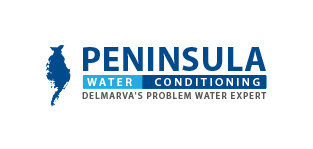
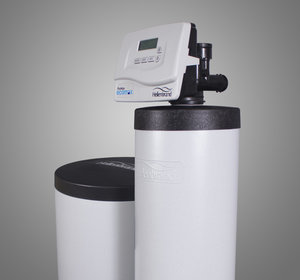
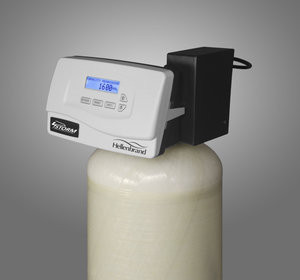
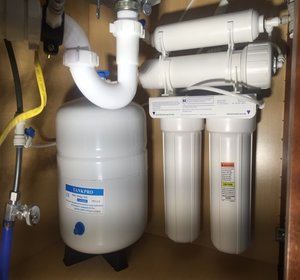
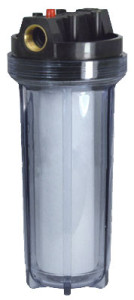
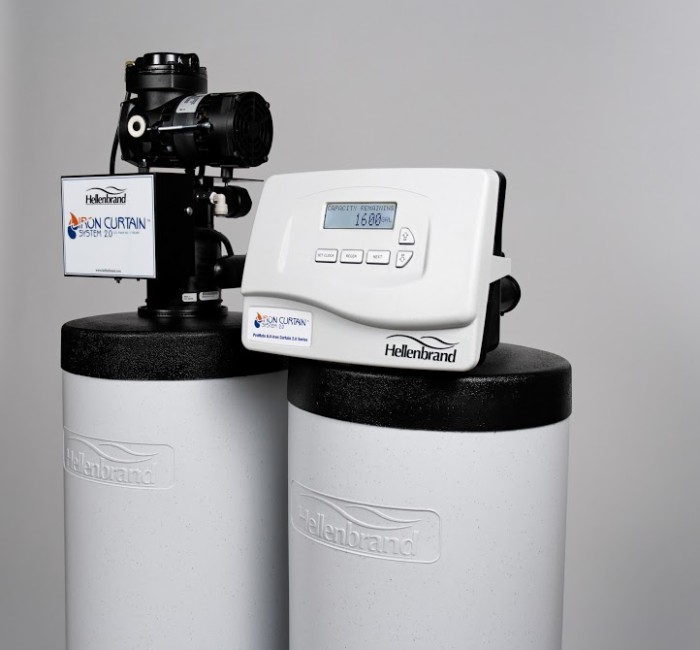
No Comments